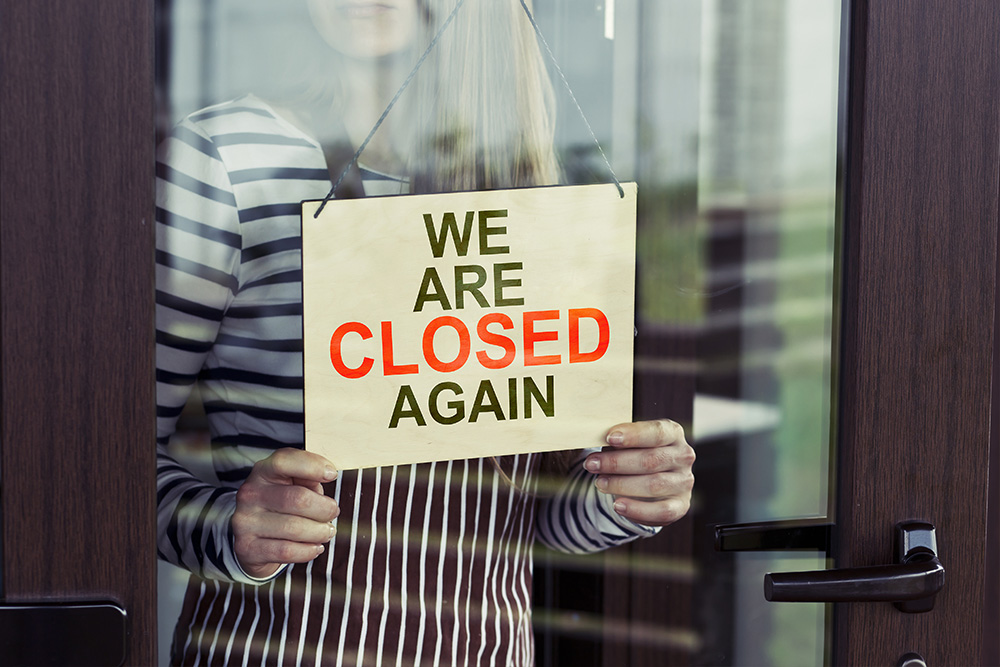The latest COVID-19 wave is seeing many businesses close their doors to the public and send their employees home. As a business owner, use this checklist courtesy of Northbridge Insurance to close-up your property so that it’s safe and secure while you’re away. Make sure your staff are also aware of the importance of checking for potential fire and security hazards prior to locking up for an extended closure.
Fire Prevention Checklist
- Is all equipment off?
- Are all flammable stored properly?
- Are combustibles stored away from heating appliances?
- Cease all hot work at least 60 minutes prior to closing.
- Maintain a fire watch for at least 60 minutes.
- Have oily rags and other materials that may spontaneously combust been stored correctly?
- Is temporary heating equipment unplugged or shut off?
Crime Prevention Checklist
- Are the interior lights in the sales area on?
- Are the exterior lights operational?
- Have all doors and windows been locked and padlocks secured on all bay doors?
- Has a walk-through of the building been done to ensure that no one is left inside?
- Has the security system been activated?
- Is all equipment, customer property, and stock secure?
- Are all cash and valuables secure?
Other Items to Remember
- Remove all perishable items in fridges and cupboards to prevent spoilage and prevent attracting pests.
- Ensure all business data has been backed up.
- Contact all your employees to make sure they are aware of the prolonged closure and instruct them not to return until further notice.
- Ensure that all suppliers and customers are aware of the closure and cancel deliveries and pickups.
- Remove important documents from the facility and keep them on hand.
- If possible, advise your staff to bring laptops home.
Best Practices for long-term closures
If your business is going to be unattended for an extended period, follow these best practices:
- Maintain a minimum temperature inside the building to preserve its contents, facilities and the building itself. To keep the water network in operation, maintain a minimum temperature of 18C. This temperature is also recommended if your building has a sprinkler system.
- Even if a minimum temperature is maintained, it’s recommended that you turn off the water at the main inlet valve and drain the entire system by turning on a tap at the end of the plumbing network.
- If you drop the temperature below 18C, make sure that the ambient humidity level is below 40% to prevent a build-up of condensation and mold. Be aware that dropping the temperature too low can result in a contraction of internal building materials and a breakage in the finish of the walls.
- Finally, visit the building every other day to ensure that everything is in working order.
Taking the time to conduct a thorough walk-through before closing and checking back regularly increases the chances that your property will be safe and secure when you’re ready to open again.




